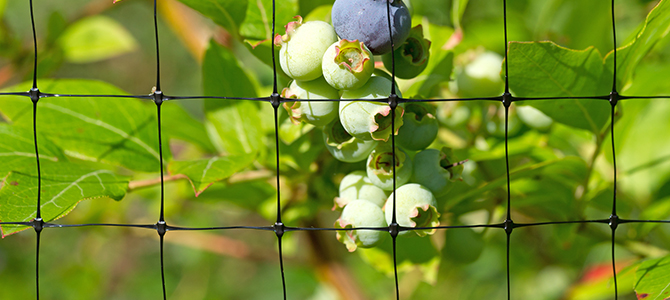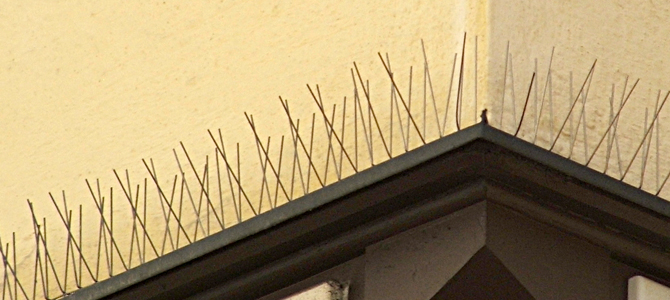When you think of London you may immediately think of Big Ben, the London Eye or perhaps the River Thames. No matter what monuments your conjure up you are also likely to think of one of London’s most common resident – the humble pigeon.
Bordering on being completely tame these feathered pests dominate as many public spaces as possible. Their droppings ruin countless buildings, statues and areas of interest and they are invariably found underfoot, causing tourists to trip over. It is no wonder then that bird control in London is a big business.
However, bird control brings with it its own problems. While many people are not too keen on the pigeons themselves, they also do not want to see them destroyed (even if it is in a humane manner). It is worth pointing out then that such control measures do not have to result in the death or extinction of any pigeons, or other birds for that matter.
Rather than relying on birds of prey to catch and kill birds, or using poison to bring on a long and slow death more human methods have been developed over the years. These are especially popular among tourists who do not like the thought of birds being killed for the sake of aesthetics and the protection of landmarks.
Humane methods of control
Many professional pest controllers will have a number of ways to humanely control bird populations, so it is always worth having a chat with them first to decide what is likely to be the best option for you. They will be able to talk to you about the type of pest you have, the area you are trying to protect, and what your goals are.
Some examples include:
Netting

image source
This can be used to protect buildings or vegetation. It is important to ensure that you are using the right sized netting appropriate to the size of the bird species you are trying to deter. This can be difficult to gauge so always speak to a professional for advice.
Spikes
 |
| image source |
While these may sound barbaric, we are not talking about long spikes used to impale anything. Small, pointed plastic spikes can be mounted on window sills, TV aerials and roof tops to prevent birds from landing and therefore roosting. Again, the gaps between the spikes should be carefully considered to ensure that smaller birds cannot continue to perch and cause problems.
Wires
If you do not like the idea of spikes (mainly because they can look unsightly on the side of buildings) then it may be worth considering the use of wires. Again these can be useful ways of preventing birds from roosting on ledges and are almost completely invisible from the ground.
No comments:
Post a Comment